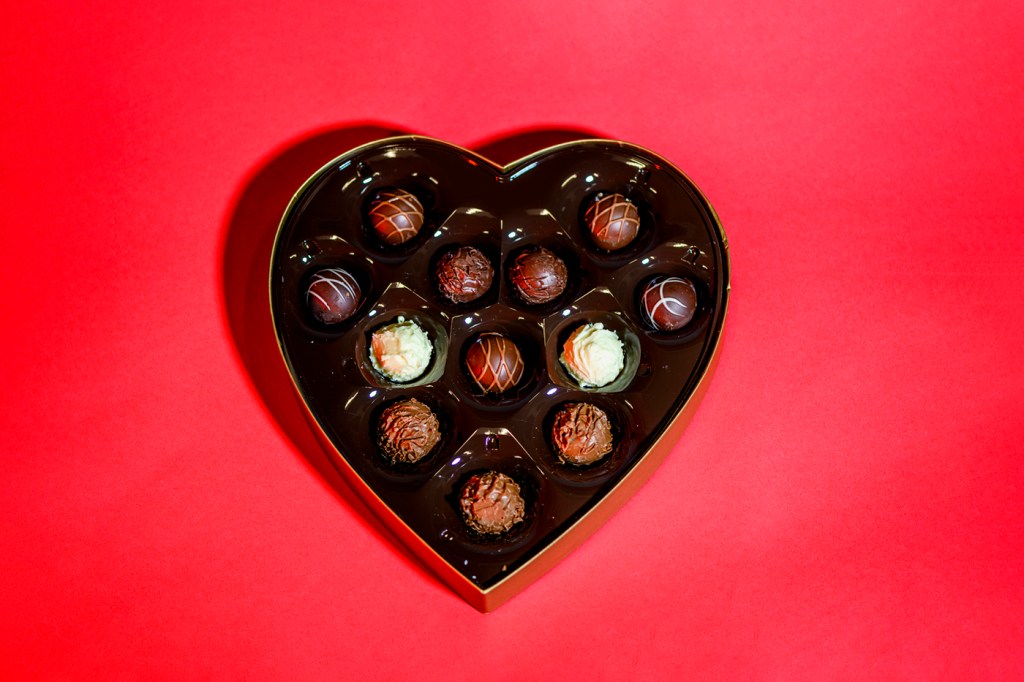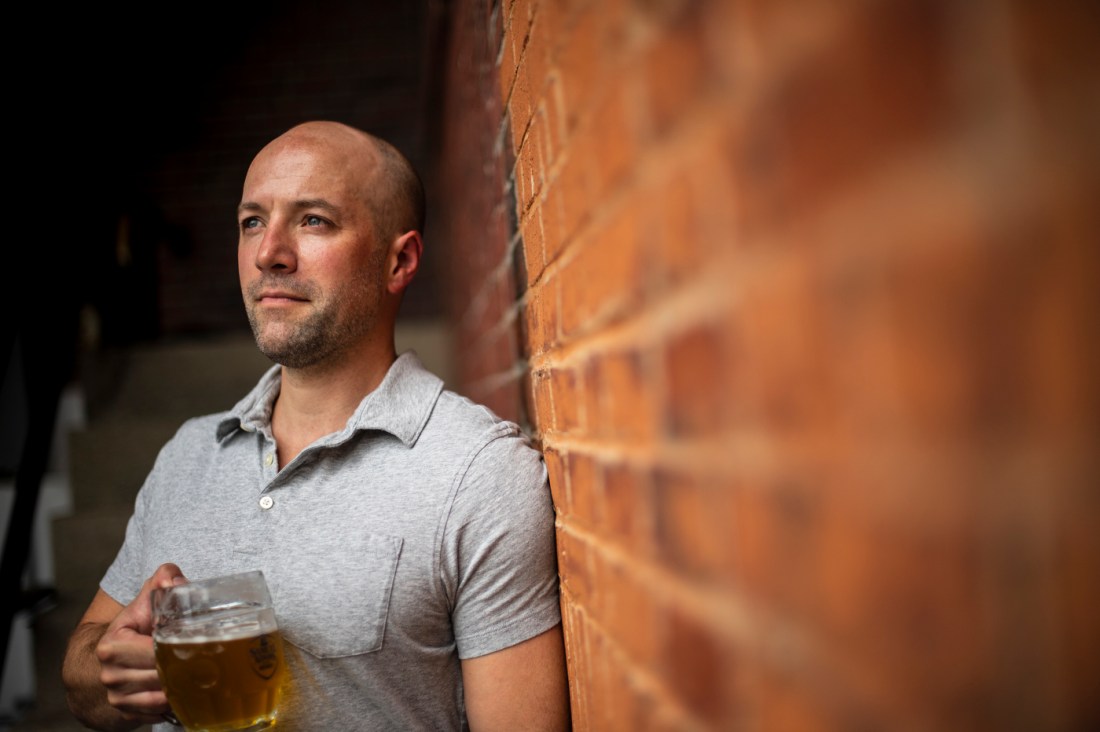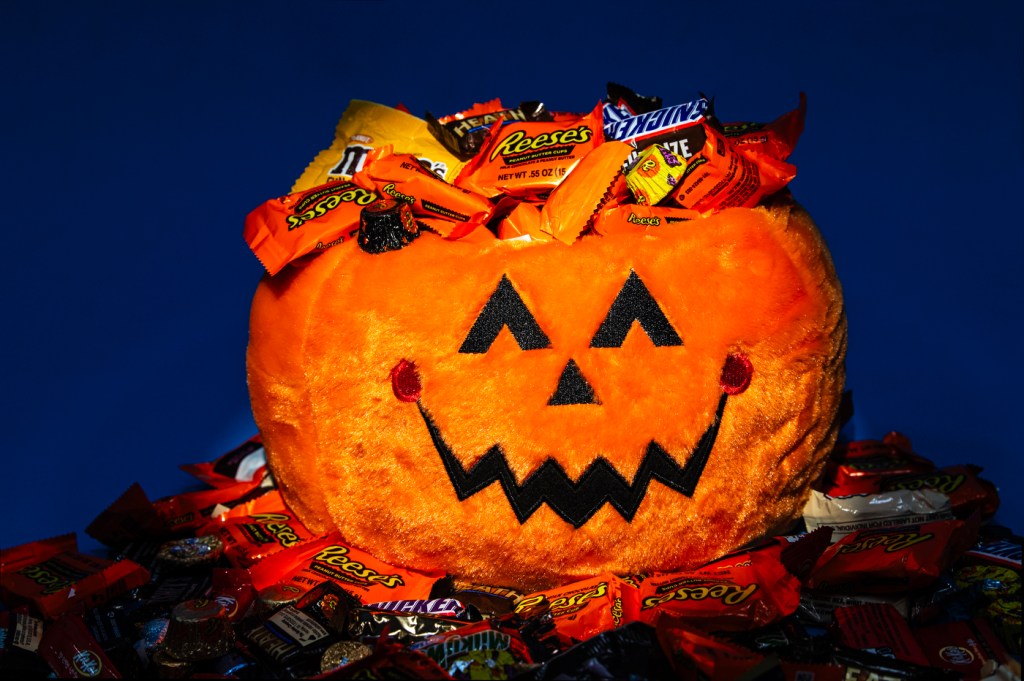How a Victorian-era marketing ploy made chocolate the ultimate Valentine’s Day gift
Those heart-shaped chocolate boxes are a sweet success story dating back to the 1860s, according to Northeastern expert Malcolm Purinton.

Those heart-shaped boxes of chocolates lining the shelves of stores leading up to Valentine’s Day are an unchanged marketing success story dreamed up in the 1860s by British chocolatier Richard Cadbury.
But chocolate itself started out as a sacred hot drink enjoyed by Aztec elites and later brought to Europe in the 16th century, a Northeastern University food historian says.
Malcolm Purinton, an assistant teaching professor of history at Northeastern University, says it took centuries for the bitter taste of drinking chocolate to catch on in Europe — even after the Spanish had tasted it during gatherings with Mesoamerican leaders.
And it took even longer for anyone to put edible chocolate confections in a heart-shaped box.
Not until Feb. 14, 1861, to be exact.
Editor’s Picks

The tiny ticks that cause Lyme seem to have superpowers that make them hard to kill. But you can protect yourself by following these steps

Trialled on Tower Bridge and ready for toxic zones — Northeastern students show off their market-ready engineering products in London

Barbara Lee, Mills College graduate and longtime U.S. representative, elected mayor of Oakland

Living tissues may form like avalanches, Northeastern researchers say — a discovery that could aid new treatments

Northeastern announces speakers for 2025 global campus commencements, and college and school ceremonies
“They became wildly popular,” Purinton says. “This was the Victorian age. Cadbury’s wasn’t just selling the chocolate, they were selling the box.”
Initially celebrated as a Christian feast day, Valentine’s Day was a secular holiday by 1861, Purinton says, and the temperance movement was beginning in Britain and the U.S. Chocolates became a popular gift, along with flowers and cards, for young lovers, children and adults avoiding the stigma of alcohol.

Cadbury, Purinton says, pioneered a process that used cocoa butter — the abundant fat surrounding the cacao bean inside the large pod — to make hot chocolate drinks and edible chocolate candy. This step made chocolate-making cheaper and easier and made the product more palatable to European taste buds.
Chocolate’s success in Europe coincides with the rise of sugar. Both products — along with coffee — became globally accessible, Purinton says, with help from the labor of enslaved people throughout the New World. But marketing chocolates specifically as Valentine’s gifts was successful, he says, because love and romanticism were part of the culture.
“By the late 18th and early 19th centuries, the artwork was romantic and Valentine’s Day cards are becoming more popular,” he says. “Chocolate itself is decadent. So Cadbury jumped on what was already a marketable holiday.”
The decadence of chocolate, Purinton says, goes back to its earliest consumers. In ancient Aztec and Mayan societies, cocoa beans were ground with pepper and steeped in water to make a bitter, spicy drink that only royalty and elite members of society enjoyed.
“Chocolate was a ritual way to celebrate weddings or to honor a strong soldier during wartime,” Purinton says. “If anyone of a lower social rank used it, it would be very much looked down upon.”






